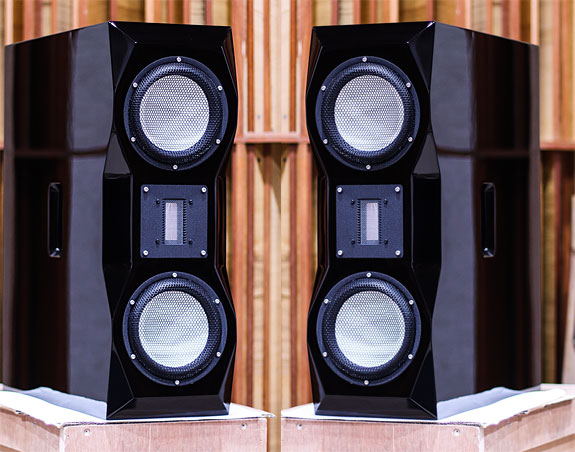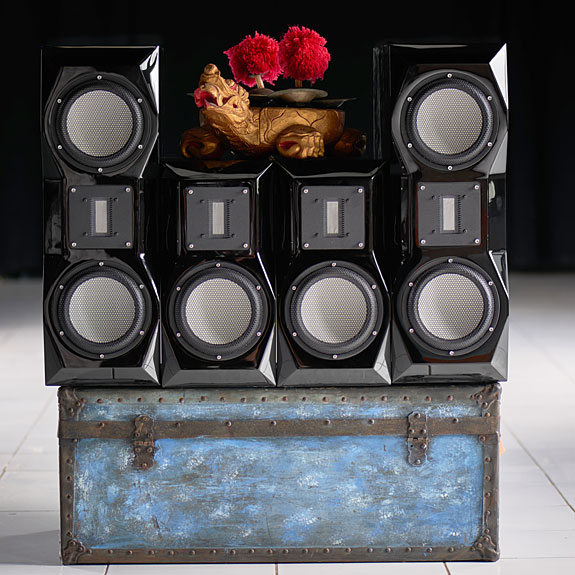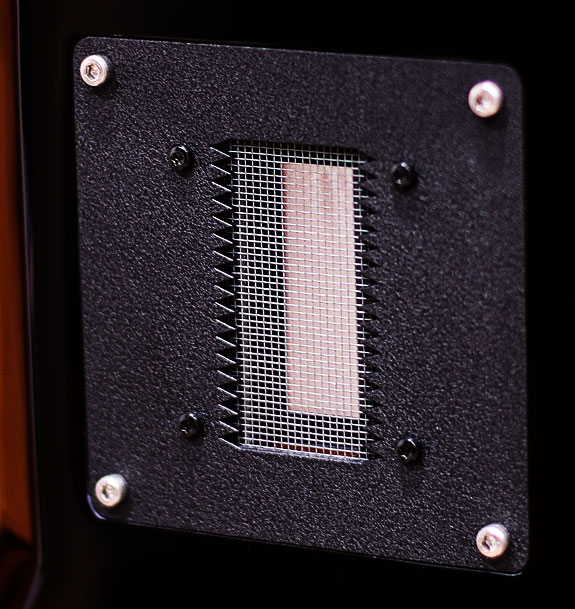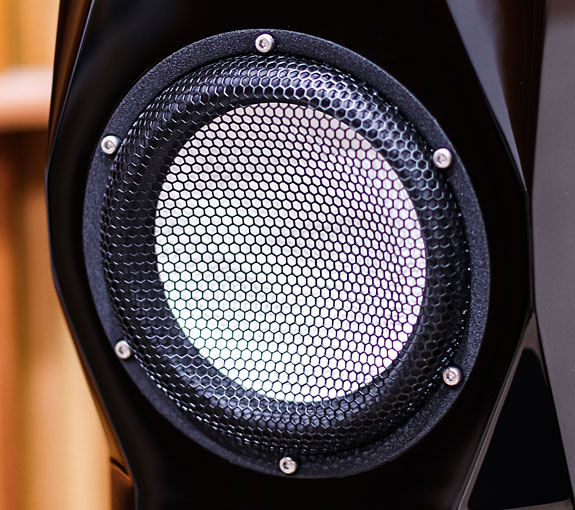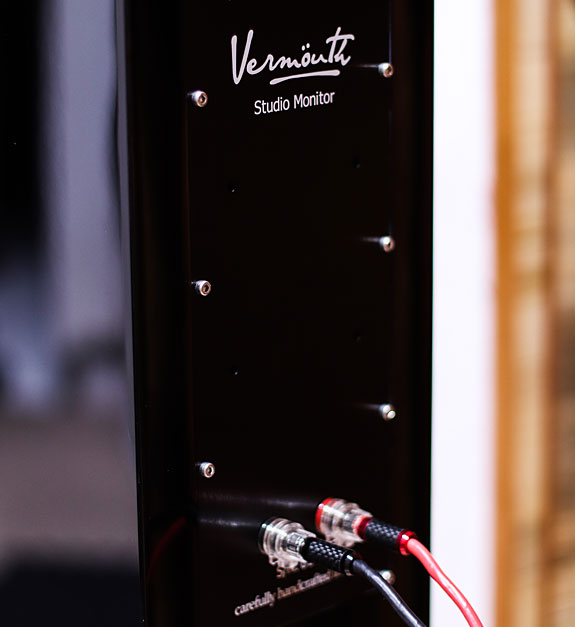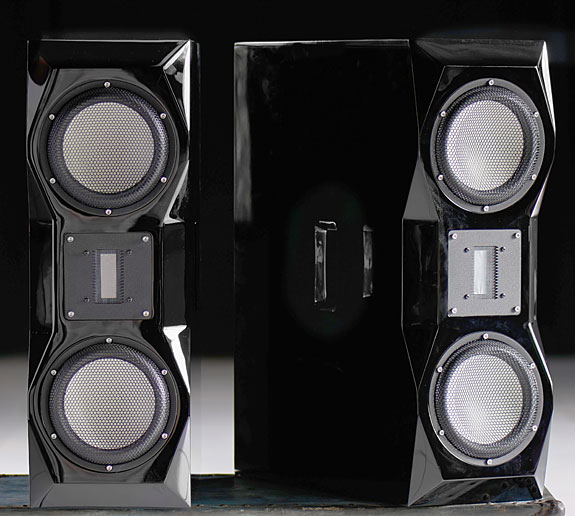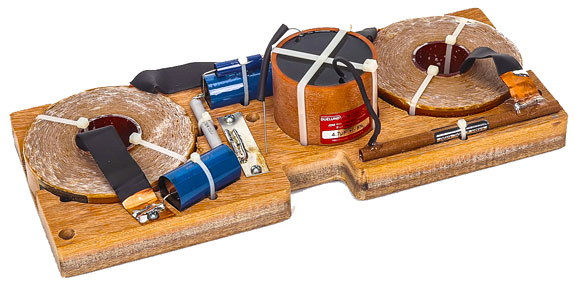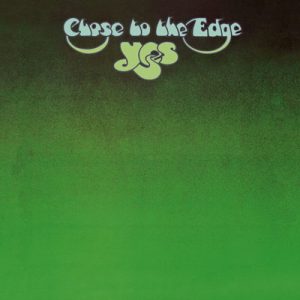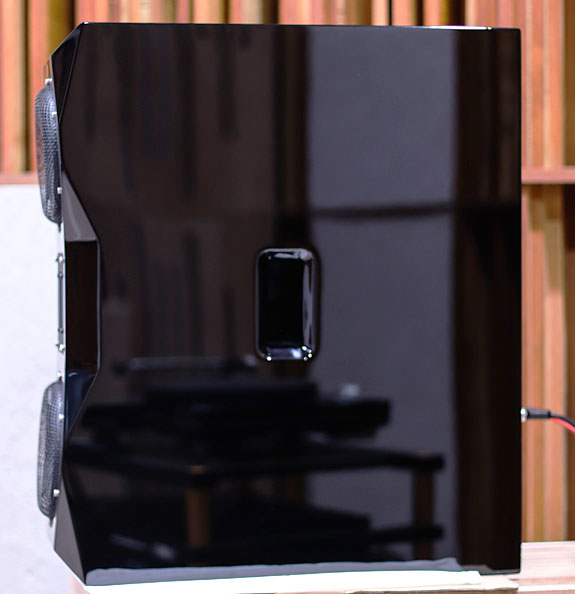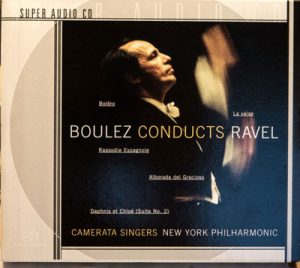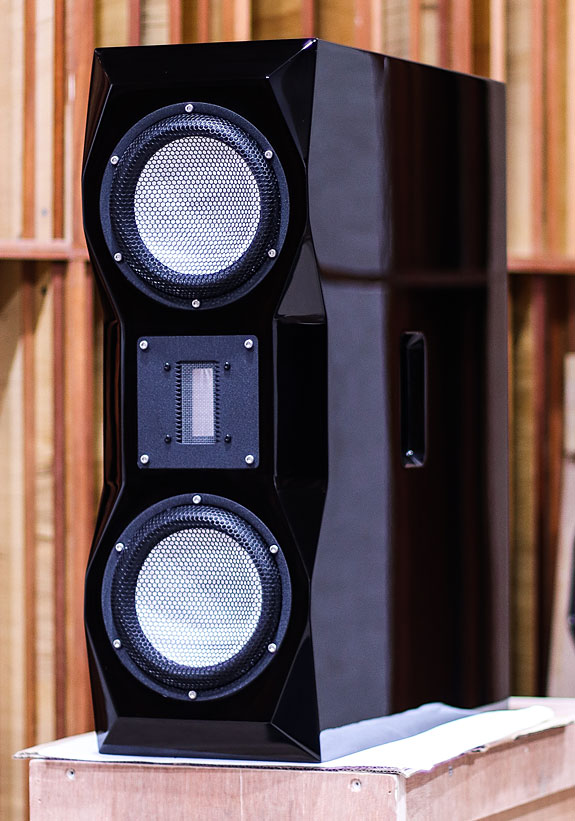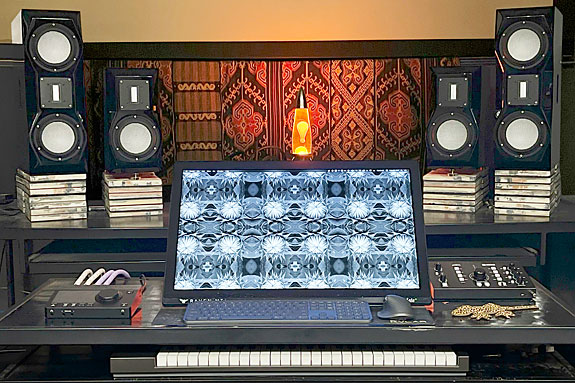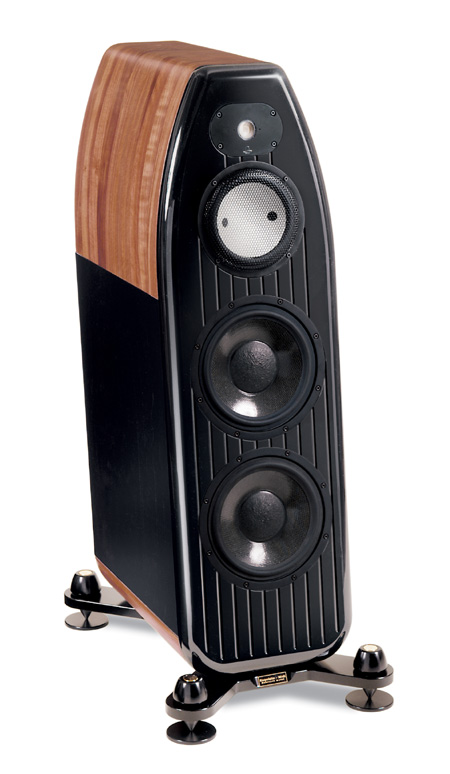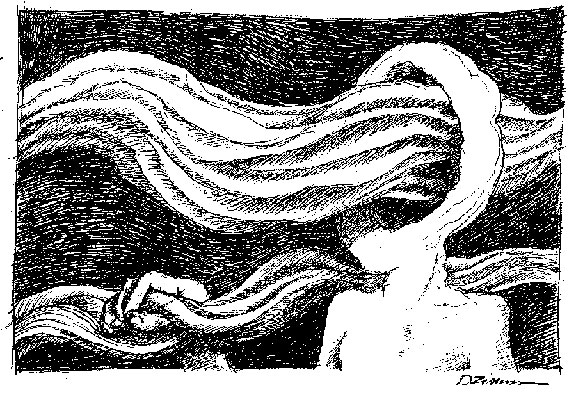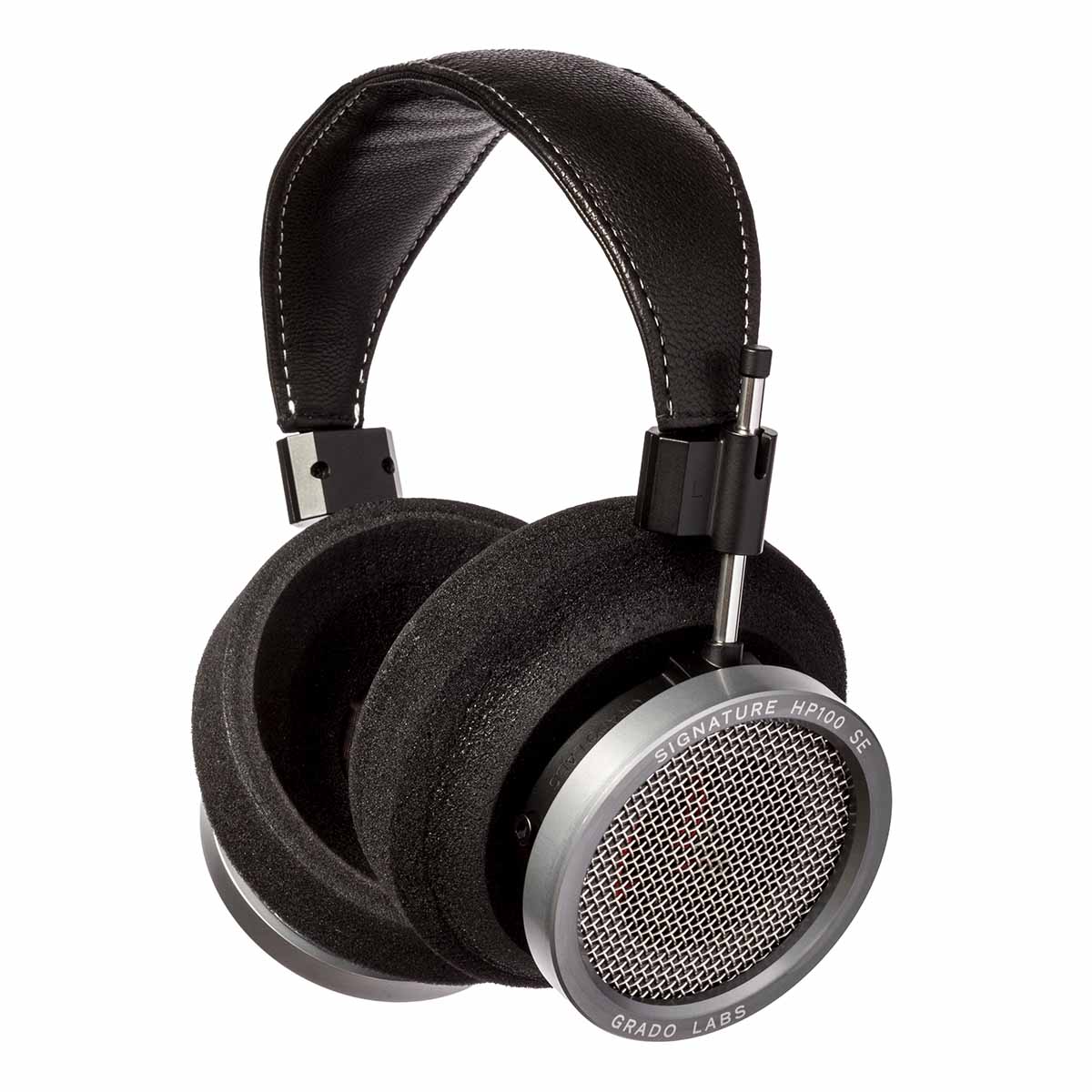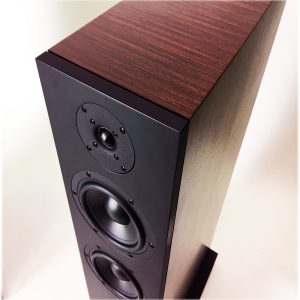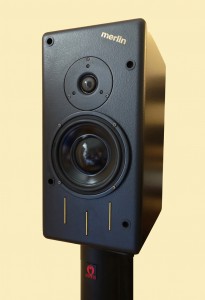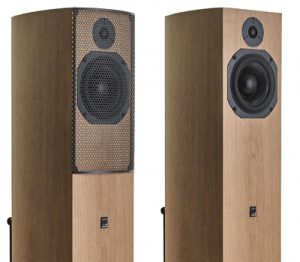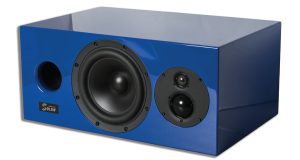With this article, Positive Feedback continues its content-sharing relationship with Enjoy the Music where Tom Lyle shares his thoughts on the Vermouth Audio Studio Monitor Loudspeakers.
Dr. David W. Robinson, Editor-in-Chief
A good-looking and great-sounding loudspeaker.
Vermouth Audio is located in the Indonesian province of Bali, which is located east of Java. Most know Bali as a vacation destination. In fact, in 2017, Trip Advisor named Bali the world's top destination in its "Traveler's Choice award." Bali again won this honor in January 2021. About 80% of Bali's economy is tourism related. Vermouth Audio is part of the 20% unrelated to tourism. They are a company that designs and manufactures high-end audio connectors, cables, electronics, and, of the subject of this review, loudspeakers.
When I was given the opportunity to review Vermouth Audio's Studio Monitors, which are distributed in the US by Believe Audio located in Hutto, Texas, I enthusiastically accepted their offer.
Many who heard my backstory know I have spent much of my adult life in recording studios. When I was a younger audiophile, and my budget was more modest than now, I thought that professional studio monitors would be the best "affordable" high-fidelity speakers one could use in a stereo system. I reasoned that studio monitors were what the engineers used in the recording studio, so I figured that the greatest sonic truth must come from these types of speakers.
Well, yes and no. I'll skip to the end of the story by revealing that listening to the variety of professional studio monitors in my home was less than satisfying. This is because when used by recording engineers, or anyone else in the studio listening to the playback of what was recorded, they are not listening for the same things audiophiles are listening for. An essential trait of studio monitors is detail retrieval. High-end audio speakers can also reveal details, but these details are expressed differently in high-end audio speakers.
Many recording studios would be delighted to have the Vermouth Studio Monitors atop their recording consoles. That is if your average recording studio could afford them. Although, these days, the majority of studios use self-powered monitors. Many larger studios I've visited use power amplifiers, but those are for very large playback speakers that are usually used for demonstration purposes.
Many recording engineers I know use and are very happy with self-powered studio monitors in the $5000 price range. Some of the self-powered studio monitors in this class are surprisingly good sounding. But they can't hold a candle to the sound of the Vermouth speakers reviewed here when powered by a high-end audio power amplifier and linestage.
Spoiler Alert! The Vermouth Studio Monitors don't sound very similar to the majority of studio monitors I've heard in my lifetime, and that's a good thing. They sound like high-end audio speakers. Extremely good high-end audio speakers.
Arranged
The Vermouth Studio Monitors woofer/tweeter is arranged in a D'Appolito configuration, sometimes called the M-T-M arrangement, with a ribbon tweeter centered between two mid-woofers. If this type of driver arrangement is designed haphazardly, it can result in deficiencies in frequency response, especially when the listener is in specific locations throughout the listening room. With the correct crossover design, as implemented in the Vermouth Studio Monitors, the advantages of the D'Appolito configuration outweighs any supposed disadvantages by quite a bit. Some claim that when this arrangement is perfected, it can make the speaker sound like time alignment has been utilized.
Loudspeaker
The Vermouth Studio Monitor is a two-way, bass-reflex speaker with a side-firing port. The speaker is finished in a lustrous black gloss finish. It uses a RAAL 70-20XR tweeter flanked by two Accuton C173 mid-woofers. The Studio Monitor's claimed low-frequency response belies the speaker's relatively small size (although I consider it quite large for a 'studio monitor"). Its low-frequency rating is 44dB +/-3dB, but the bass extension is 33dB at +/-10dB!
Sturdy
I set the Vermouth Studio Monitors on sturdy stands that raised the speakers about 16" off the hardwood floor. These speakers require sturdy stands. Even though these speakers are only 8-inches wide, they are 20-inches deep and stand almost 2 feet high. And they weigh eighty-six pounds each!
Despite the speaker's specifications claiming that their "minimum power requirement" is 50 watts, I spent most of the review period powering the speakers with a Pass Laboratories INT-25, a 25 wpc Class A integrated amplifier. As I've mentioned at least once, I've heard some say that this amplifier isn't rated at 25wpc. It is rated at "25 Pass Labs watts per channel!" I rarely had this integrated amplifier's volume control past 50% maximum.
I also used a pair of vacuum tube-powered PrimaLuna Dialogue Six monoblocks rated at 70 watts each, which, again, was more than enough power to drive the Studio Monitors. I use Audio Analogue's digital-to-analog converter in this system, which they named the "aaDAC." This component was designed and manufactured in Italy, and besides having excellent sound quality, it is very visually appealing. Luckily, besides being an excellent DAC, it was designed to also function as a preamplifier. Its remote-controlled volume was what I used to control the output level when using the PrimaLuna monoblocks.
For this review, the primary source for this system was an Apple MacBook Air with its USB output connected to the USB input of the Audio Analogue converter. I could play music files stored on NAS hard drives loaded with many terabytes of "CD-quality" and high-resolution files, including many DSD files. I also spent much time listening to high-resolution files, as I have two streaming services apps on the laptop, Tidal, and Qobuz.
Quality
The sound quality of the Vermouth Studio Monitors was magnificent. I've used larger floor-standing speakers within their price range that didn't sound as good as these stand-mounted speakers. These speakers' excellent sound quality includes a surprisingly deep and tight bass, which I'll discuss later. In this system where I auditioned the Studio Monitors, I often use a small subwoofer, an SVS SB-2000. During the review period, I did not use any subwoofer. This system which included the Vermouth Studio Monitors didn't need one. Those using the Studio Monitors as main speakers (and also perhaps rear speakers) in a home theater setup will want to use a sub to enhance the sound of, for example, earthquakes and explosions. But, most two-channel listeners will likely not find a subwoofer necessary.
The Vermouth Studio Monitors didn't favor any musical genre over any other. During the review period, I listened to many different types of music, from small ensemble jazz to electronic dance music, and these speakers performed admirably with each one.
If you are a progressive rock fan, you most likely have downloaded a high-resolution copy of Close To The Edge by Yes. I have a few copies of the album stored on my hard drives, the best sounding by far is the 24-bit/192k FLAC of this album, which I listen to quite often, even when not testing a review component.
I would have expected that the Vermouth Studio Monitors would be overwhelmed by this complex recording. There are so many instruments and voices during the first ten minutes of this record that it would be easier to list what is not included. Of course, there is the usual guitar, bass, and drums. But Bill Bruford's drumming is very complex, and so is Steve Howe's guitar. Added to these instruments are many keyboard sounds by Rick Wakeman, including a Hammond B3 organ played through an overdriven Leslie rotating speaker, a bubbling sequencer synthesizer, and Mellotron!
The Vermouth Studio Monitor could not only dissect the Yes album into its discrete musical components, but even though I must have heard this album hundreds of times, it was a thrilling listening session. When listening to the album, it was as if time had stopped. The intricate interweaving instrumentation became meditative. I would listen to the guitar's contribution for a minute or so, but then my attention would turn to Bill Bruford's technique. He would be hitting the snare, not on the usual 2 and 4 of the four-beat measure, but occasionally changing the snare hit to other beats of the measure to give the impression that the side-long track was even more complicated than it was! Then my attention would turn to the entire band, letting it wash over me like a torrent.
I listened to musical selections from many different genres, one of which was orchestral, including the SACD file of Boulez's version of Rhapsody Espagnole with the Cleveland Orchestra. This was ripped to hard drive from a Sony SACD, which also includes other Ravel pieces with Boulez conducting no only the Cleveland Orchestra, but also the New York Philharmonic. The sound quality I heard again proved to me that naming this speaker a "studio monitor" was misleading. This speaker sounds much better than almost every studio monitor I've ever heard. Yes, most decent professional studio monitors can dig deep into a recording's sound and translate the details of the musical material. The Vermouth Studio Monitor was not only detailed but very musically involving. It sounded more than merely a sonic display of the material.
It amazes me that this relatively small Vermouth Studio Monitor could let me enjoy orchestral music! Not only was it very musically involving, but it also sent a lush string sound into my listening room. The Studio Monitor had an effortless sound quality which made it able to translate the gestalt of a large orchestra playing in a concert hall. No, I didn't feel like I was attending a concert in my listening room. But I enjoyed a speaker with a soundstage with an excellent center-fill and a soundstage that extended very far past the speakers' outer edges. The border of the soundstage was practically infinite, as I would often reflexively turn my head to hear a sound coming as if it were originating from outside the listening room. When the tambourine first entered Ravel's Symphonie Espagnole, it sounded as if a percussionist was playing it in the doorway of the adjacent room.
Decides
Suppose one decides to go with something that isn't as large as a floor-standing speaker but will deliver more volume and frequency extension than a stand-mounted mini-monitor. In that case, the Vermouth Studio Monitor is what you're looking for. In my listening room, it had enough internal volume to produce serious bass. The two 6.5 mid-woofers produced a transparent midrange that filled the room with sound with a prodigious soundstage. Its ribbon tweeter was remarkably extended and had a musical sound that, regardless of how loud I played the music, was never fatiguing.
I heartily recommend the Vermouth Studio Monitor. Its audition proved that it was a surprisingly good-looking and great-sounding speaker, which is well worth its asking price.
Specifications
- Type: Two-way bass reflex / side firing port monitor
- Tweeter: RAAL 70-20XR AM
- Midwoofer: Two Accuton C173 6.5" Ceramic Mid/Bass
- Freq Response: 44 Hz to 50 kHz (+/-3dB)
- Bass Extension: 33 Hz (-10dB)
- Crossover Frequency: 1.75 kHz with premium components
- Sensitivity: 89dB/W/m @ 1 kHz
- Impedance: 8 Ohms nominal, 6.2 Ohms minimum @ 140Hz
- Dimension: 206mm x 512mm x 600mm (WxDxH)
- Connector: Pair of Vermouth Tellurium Copper Rhodium Plated binding post
- Finish: Black high gloss
- Shipping Weight: 78 kgs per pair
- Price: $20,000
Vermouth Audio
Jalan Saridana VIII No.3
Cargo Permai
Denpasar Utara
Bali – 80116
Indonesia
+62 8126738187
USA Distributor
Believe High Fidelity
512.470.2709
Check out Enjoy the Music for more articles and reviews




